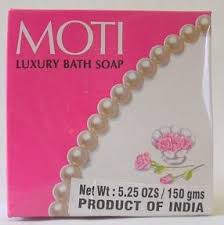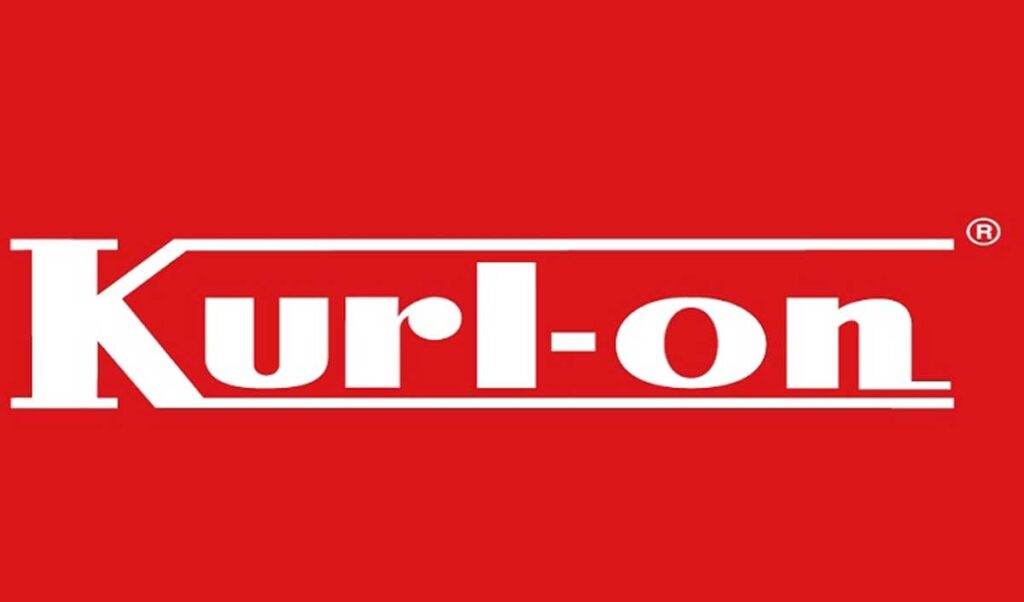Forgotten Brands – Moti Soap

Moti was initially a luxury soap and was later repositioned to associate it with abhyanga snan during Diwali celebrations
Tata Oil Mills Company created Moti, a sandalwood-scented soap, in the 1970s. The branding, marketing, and design of all the products were done intentionally to make them seem exclusive and high-quality.
Moti was circular, while other soaps were square or rectangular. Moti stood out with a name that conjured up royalty thanks to its translation from Hindi in an era where English-sounding brands like Pears, Rexona, and LifeBuoy predominated. While bathing, most royal families in India used pearl extracts, rose essence, and sandalwood oil while bathing. TOMCO developed Moti soap as a high-end brand by integrating these components because of their regal associations.
The soap was shown in a seashell on the beach in one of their initial advertisements to bring out elegance and luxury.
After the sale of Tata Oil Mills to Hindustan Unilever (HUL) in 1993, many people assumed that Moti would be forced to take a second seat. It did die out until HUL saw its importance in the Diwali celebration and brought it back.
Diwali Connection
The whole Diwali festival is celebrated over many days. There are four big days recognised by law and another seven or so that are not. The third day is very important – Chhoti Diwali, Chaturdashi, or Kali Chaudas.
This particular day came to symbolise the connection between Moti Sandal Soap and the celebration of Diwali.
It is a significant holiday in the Indian states of Maharashtra, Goa, Karnataka, Madhya Pradesh, and even some of Gujarat. People in these areas traditionally begin their day with a ritualistic cleansing bath to commemorate the day Lord Krishna slew the demon Narakasura (Narak = Hell, Asura = wicked demigods). As Lord Krishna expelled the demon Asura from the Earth, so too does this act represent the shedding of filth (bad) from one’s body.
Early in the day, residents in these parts of India often apply fragrant oils to their skin before washing them off with soap. Abhyanga Snan is the name of this bath and the Moti Sandal Luxury Soap that is used.


The Advertisement That Caused This
It depicts a lady preparing for the Abhyanga Snan by lighting diyas (lamps) around her house. This commercial was largely instrumental in linking Moti soap with relaxing in the tub. Nonetheless, it was helpful that Moti smelled like utna, a synonym for the scented oils that are used before a bath. These oils tend to be pricey, and once applied, you won’t want to wash them off right away. However, as abhyanga snan is meant to be performed first thing in the morning, individuals have no choice but to rinse off the oils thereafter. If you take a bath with Moti Sandal, you may maintain the lingering ‘utna’ scent for much longer.
After this advertising campaign, the name “abhyanga snan” immediately brought to mind Moti sandal, a high-end soap.
Although Moti has always catered to a dedicated fan base, it has never been a commercial smash hit. The secret to the brand’s success, however, rests in the fact that it has gone beyond the realm of mere consumption to become an integral part of a whole community and celebration. It has taken on the status of Diwali folklore, handed down from one generation of Indian middle-class families to the next, and continues to provoke nostalgia in those of an older age.
Moti is not as well promoted as the other HUL soap products like Lux and Lifebuoy. Instead, traditional and nostalgic values are what keep firms like Moti alive.
Reference
https://www.itskm.me/post/moti-sandal-soap-the-brand-that-resurrects-every-diwali
https://www.iosrjournals.org/iosr-jbm/papers/Vol18-issue5/Version-1/H1805016466.pdf
https://brandequity.economictimes.indiatimes.com/news/advertising/the-curious-case-of-moti/66543482



